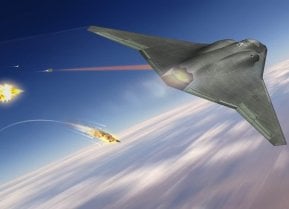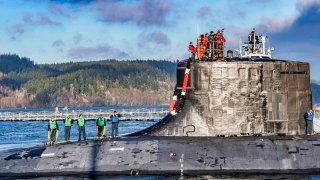Seawolf-Class: The Navy Could Have Built 29 of the Best Submarines Ever
The U.S. Navy’s Seawolf-class attack submarines, conceived during the Reagan era's military revolution, are among the most technologically advanced in the world. Initially planned for a fleet of 29, only three were built due to the post-Cold War peace dividend and high costs.
Summary and Key Points: The U.S. Navy’s Seawolf-class attack submarines, conceived during the Reagan era's military revolution, are among the most technologically advanced in the world. Initially planned for a fleet of 29, only three were built due to the post-Cold War peace dividend and high costs.
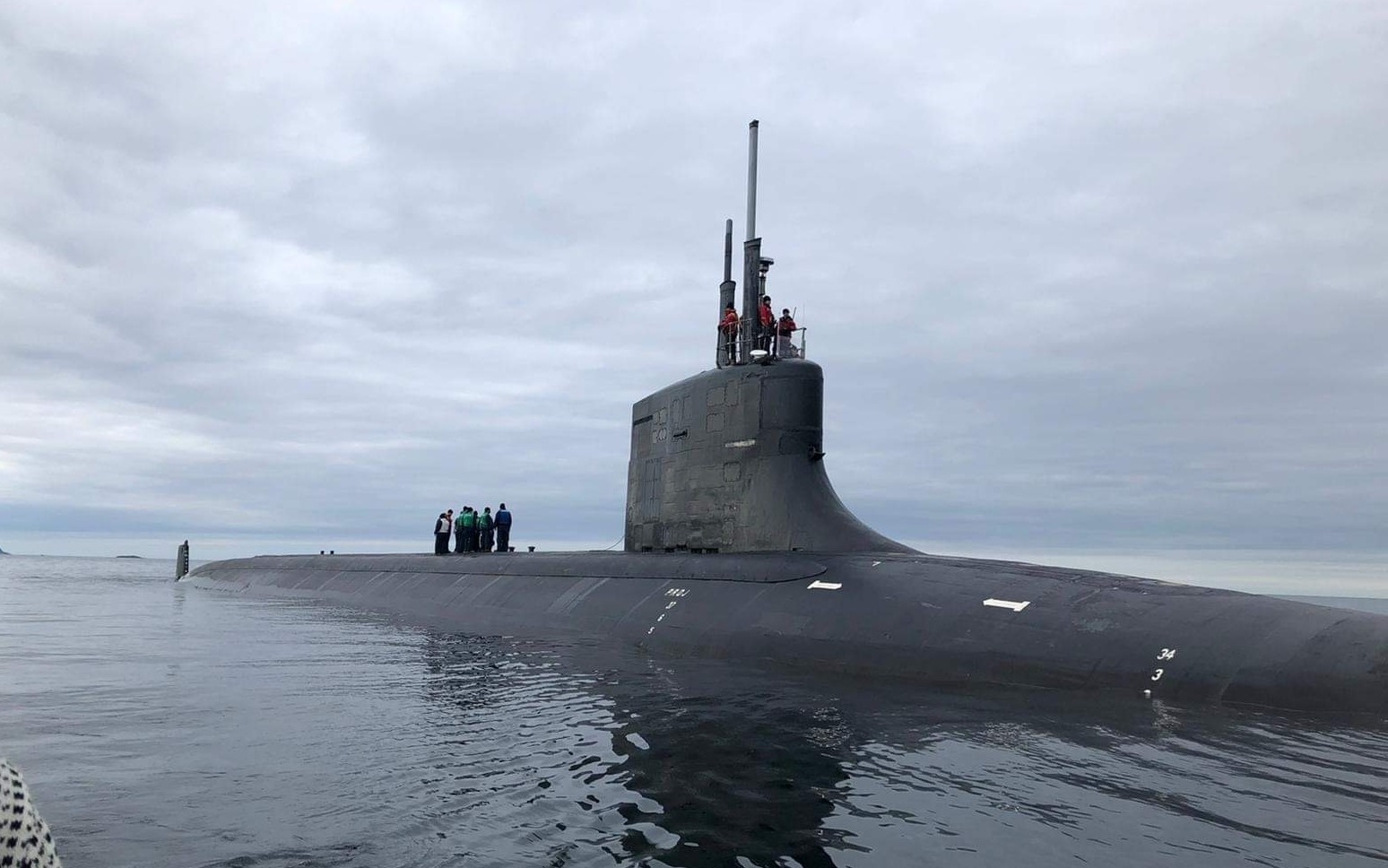
-These submarines excel in covert missions, special forces transport, and Arctic operations. Despite their superiority, their limited numbers pose a strategic risk, as seen when USS Connecticut was damaged and will be out of service until 2025.
-The decision to curtail the Seawolf fleet may have significant repercussions as the U.S. faces near-peer challengers like China and Russia.
The U.S. Navy Should’ve Built a Fleet of Seawolf-class Subs
The 1980s saw an explosion of capabilities in the U.S. military. A little less than a decade earlier, there were radical changes in America’s technological capabilities. These changes were not only felt in the civilian economy of the West, such as with the rise of personal computing, but with the advent of advanced microchips that were folded into military systems.
Reagan’s Revolution in Military Affairs
On top of that, the Reagan revolution in U.S. politics occurred. One of the hallmarks of President Ronald Reagan’s revolution was massive spending on defense projects. As a result of these expenditures came a revolution in military affairs, one that was felt for decades to come. Indeed, many of the military technologies that the Department of Defense takes for granted today are expressly born out of the Reagan revolution in military affairs.
The world’s most advanced warplane, for example, is the F-22 Raptor. This bird was originally created at the height of this revolution. It took years to finish designing and to properly test. But its origins are during the glory days of Reagan’s revolution.
Multiple other capabilities, some of which remain classified today, originated in the Reagan era. One such platform, the Seawolf-class attack submarine, emanates from this halcyon era of innovation and development in the defense sector.
The Context of the Seawolf-Class Submarine’s Time
Although she was not ready for deployment when Reagan was in office, the Seawolf class was meant to replace the Los Angeles-class attack sub. Seawolf was launched in 1995, the second term of President Bill Clinton, and was commissioned by the U.S. Navy in 1997.
USS Seawolf was supposed to be the first of some 29 Seawolf-class submarines. But the time she was commissioned in was far different from the Reagan days when she was first conceived.
The Cold War was over. It was a blessedly bloodless victory. Clinton had bested the more competent President George H.W. Bush in the 1992 election, partly because Clinton sang the populist song of retrenchment, lauding the so-called peace dividend.
The peace dividend meant drastic cuts to key systems that were designed during the Reagan years. The Soviets were gone. There were no significant near-peer challengers on the horizon. Counterterrorism and humanitarian military operations were the primary concerns of the post-Cold War-era military. The Seawolf class, which was explicitly designed to fight the Soviet Red Navy, was considered a wasteful investment.
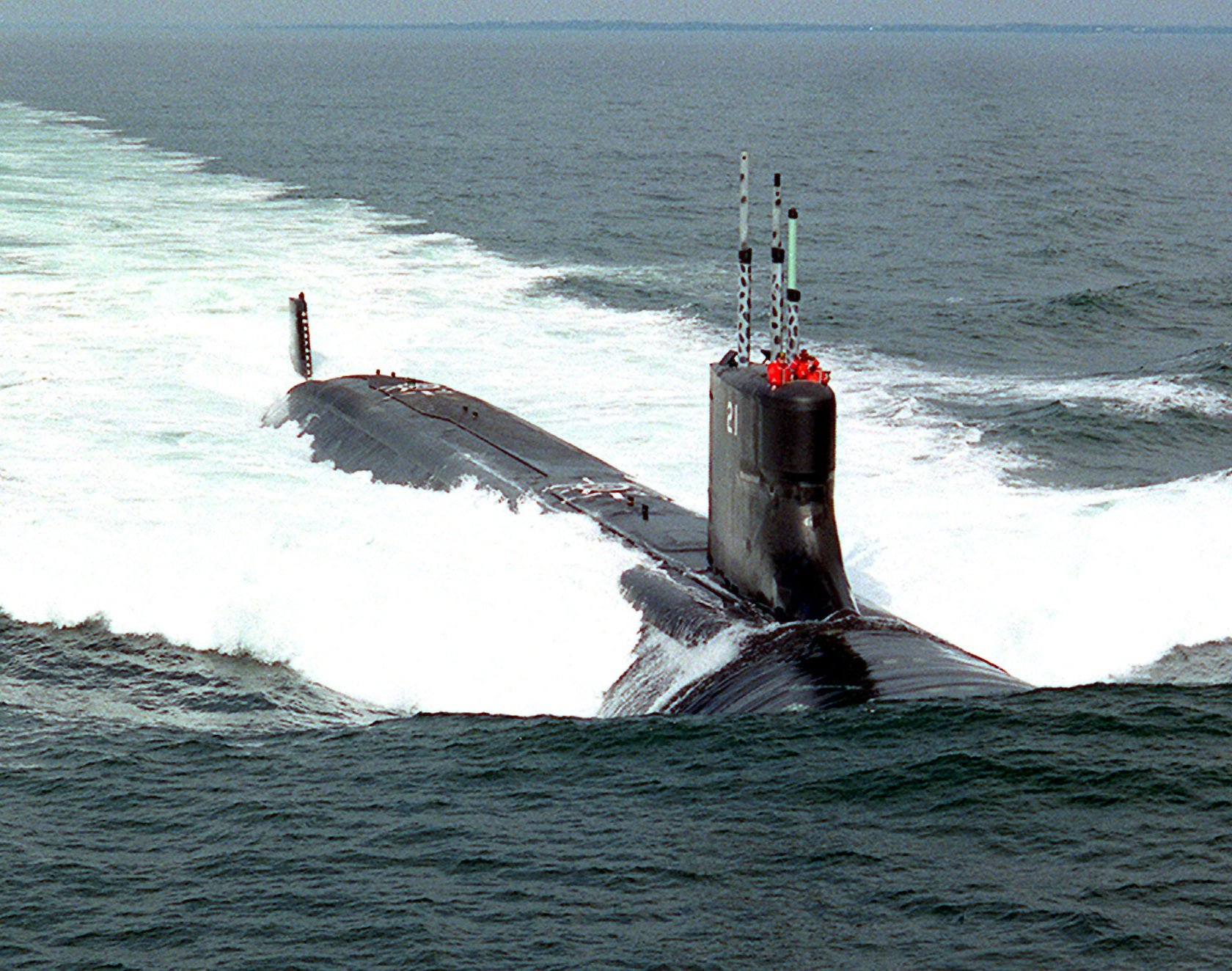
Of course, hindsight is 20/20.
Had Washington followed through on its initial plans for the Seawolf class, the U.S. Navy would be in a much better strategic position as it now faces real near-peer challengers in China and Russia.
What Might Have Been
The Seawolf class remains America’s most technologically sophisticated submarine. It’s also wildly expensive. At $3.5 billion per submarine in this class, Congress understandably balked at the thought of spending for a fleet of more than 20 Seawolf-class submarines. Still, they were significantly cheaper than the increasingly obsolete U.S. aircraft carrier force.
The four Seawolf-class subs that the U.S. Navy does use are all legendary boats.
What the Seawolf-Class Can Do
These subs are used for daring covert missions. They can transport special forces operators to remote locations or carry out risky surveillance missions. They’re equipped with next-level weapons capabilities. The Seawolf class is designed to operate in the most forbidding environments in the world.
A Seawolf-class sub could easily go from secretly tapping undersea communications cables to popping through the Arctic ice to keep an eye on the pesky Russians, who have been angling to dominate the High North since at least 2008.
Can other submarines do these tasks?
Yes.
However, the technology found within the Seawolf-class submarines remains among some of the most advanced systems in the world, even more than 20 years after they were first commissioned. There are so few Seawolf-class submarines available, though, that the loss of one would be catastrophic for the Navy’s fleet disposition.
In 2022, USS Connecticut, another Seawolf-class submarine, crashed into an undersea mountain while it was covertly surveying the secretive Chinese naval base on Hainan Island in the South China Sea.
While the submarine was not destroyed, it won’t be returning to service until the fall of 2025. With how backlogged America’s ailing shipyards are, it’s probable that it won’t be hitting the high seas for some time.
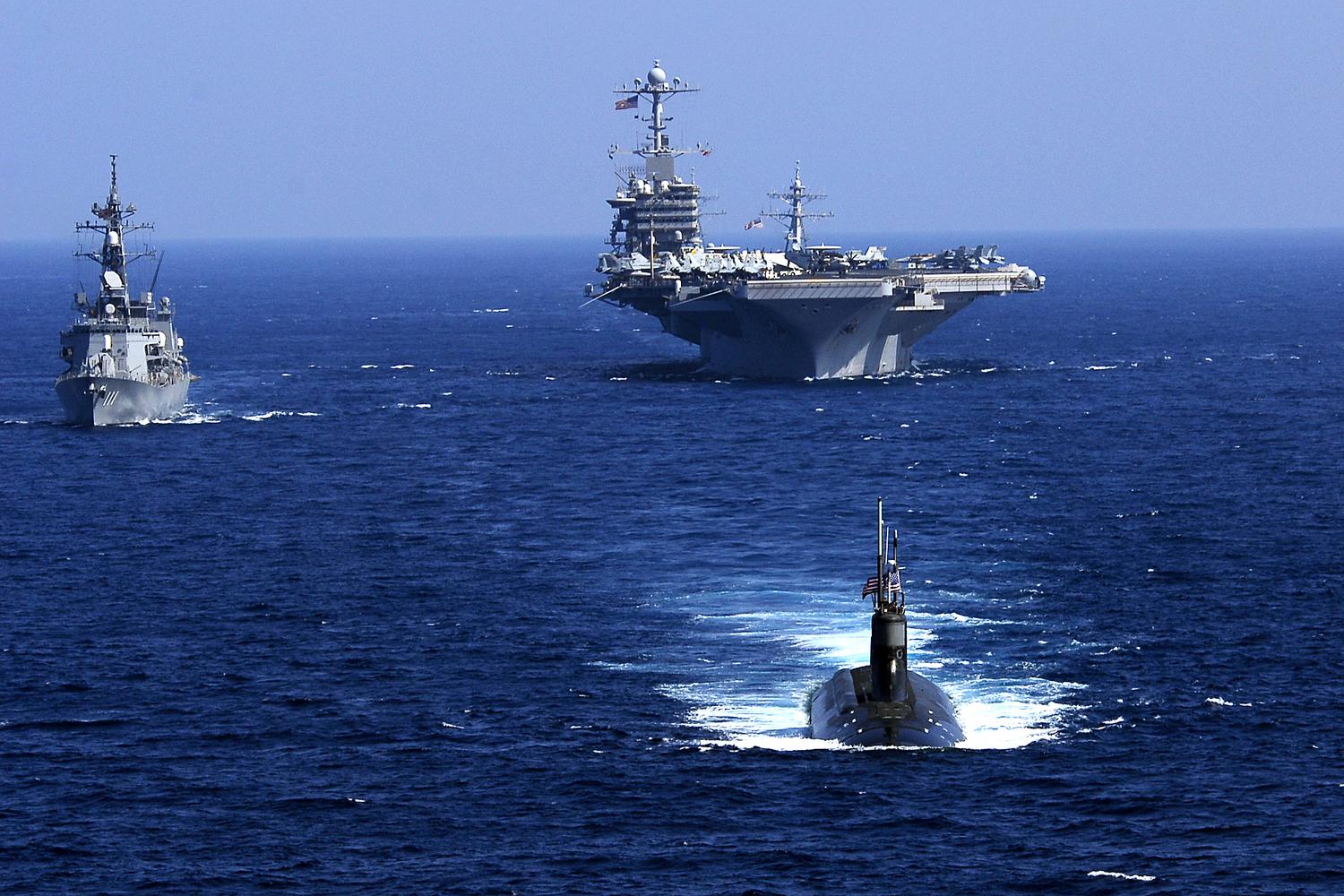
The short-sighted decision not to build the requisite number of Seawolf-class attack submarines will cost America when the next great power starts.
Author Experience and Expertise: Brandon J. Weichert
Brandon J. Weichert, a National Interest national security analyst, is a former Congressional staffer and geopolitical analyst who is a contributor at The Washington Times, the Asia Times, and The-Pipeline. He is the author of Winning Space: How America Remains a Superpower, Biohacked: China’s Race to Control Life, and The Shadow War: Iran’s Quest for Supremacy. His next book, A Disaster of Our Own Making: How the West Lost Ukraine, is due October 22 from Encounter Books. Weichert can be followed via Twitter @WeTheBrandon.
All images are Creative Commons or Shutterstock.
From the Vault
Russia Freaked Out: Why the U.S. Navy 'Unretired' the Iowa-Class Battleships
Battleship vs. Battlecruiser: Iowa-Class vs. Russia's Kirov-Class (Who Wins?)
